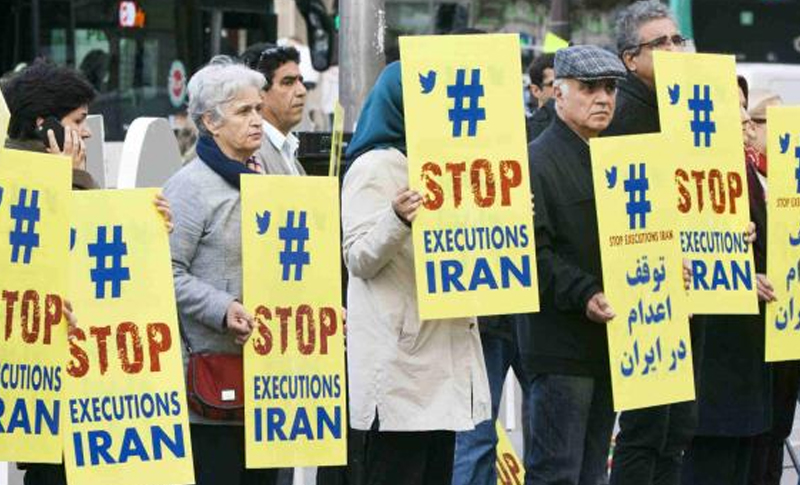
On Monday, three additional convicts were executed in Iran, adding to a larger pattern of numerous executions on the same day, frequently in the same prison. Iran has long had the world’s highest rate of executions per capita under the mullahs’ government.
The total executions for 2021 are close to 300
Because of the Iranian regime’s well-known secrecy in such issues, estimates for the total number of executions in all categories are fairly unreliable. While some killings are officially announced, many more, particularly those detained as political prisoners, are only revealed to foreign human rights advocates through the work of Iranian activists. The newest three executions, based in part on their revelations, brought the total for 2021 to more than 240 people, potentially close to 300.
With more than two months to the end of the year, the number of executions in 2021 has already surpassed the amount for 2020. The disparity between those two totals will widen even more, following a pattern that began just before the regime’s president, Ebrahim Raisi, was inaugurated.
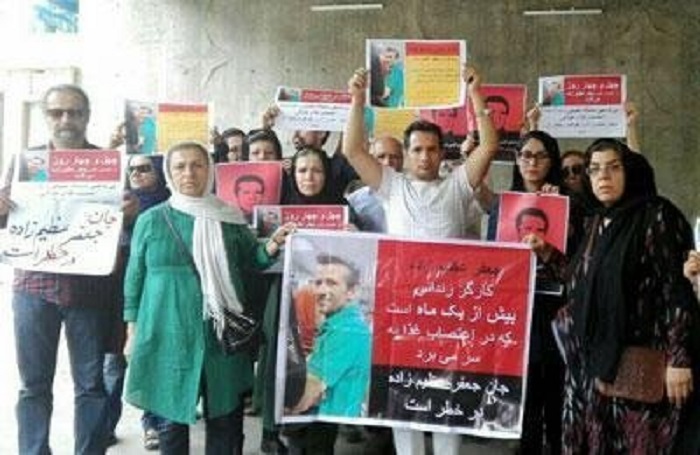
Torture of thousands of political detainees
Raisi was the head of the regime’s court for more than two years before being “selected,” enforcing the regime’s rules and suppressing criticism. He oversaw crucial sections of a crackdown on popular protests for several months beginning in November 2019, including the systematic torture of thousands of political detainees.
According to reports from the People’s Mojahedin of Iran (PMOI / MEK Iran), the regime’s initial response to the uprising killed over 1,500 people in a matter of days, highlighting the fact that formal executions account for only a fraction of the deaths attributable to security forces and the judiciary each year.
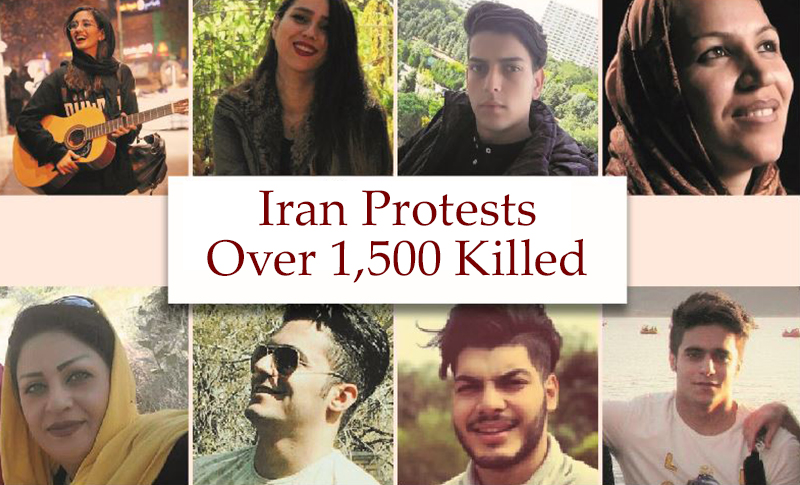
Regime officials to intimidate political detainees
Furthermore, political inmates were specifically prohibited from obtaining furlough offers, indicating that Covid-19 was being used as a tool against them. This is consistent with other measures employed by regime officials to intimidate political detainees.
While Iranian prison regulations require that convicts be separated based on variables such as the nature of their crimes, political detainees are frequently placed among dangerous offenders, and prison officials have even been known to incite violent offenders to attack political detainees.
The Greater Tehran Penitentiary was the scene of one such event earlier this month. Officials shut the prison cafeteria doors ahead of a riot, allowing convicts to stage a knife attack, resulting in the hospitalization of five political detainees. Such occurrences create fears that the death toll among incarcerated activists and dissidents, who are responsible for at least nine of this year’s executions, could rise.
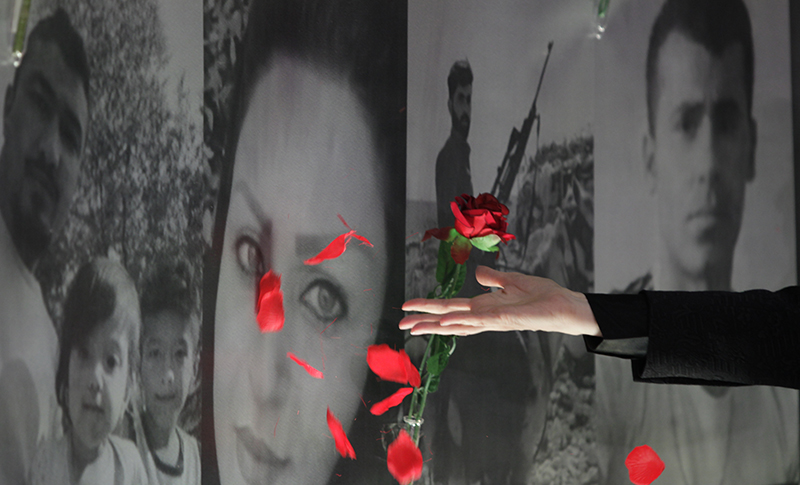
Ejei long history of violating human rights
Of course, such concerns were raised as soon as it was revealed that Ebrahim Raisi would be taking over the presidency and his deputy, Gholam-Hossein Mohseni Ejei, would be taking over the court. Both men have a long history of violating human rights, particularly when it comes to violently suppressing dissent. Raisi’s presidential campaign was marred by demonstrations by Iranian citizens and Iranian expatriate groups, who dubbed him the ‘butcher of 1988’.
30,000 political prisoners, largely MEK members, were executed in the summer of that year after being examined by a “death commission” and refusing to show devotion to the theocratic system. Raisi was one of four officials who served on Tehran’s death commission, and he has openly defended his position in recent years. His selections to the judiciary and the presidency have been cited as evidence of the regime’s penchant for rewarding human rights violators. As long as this trend continues unabated, more abuses and executions will occur, both by official execution and other means.
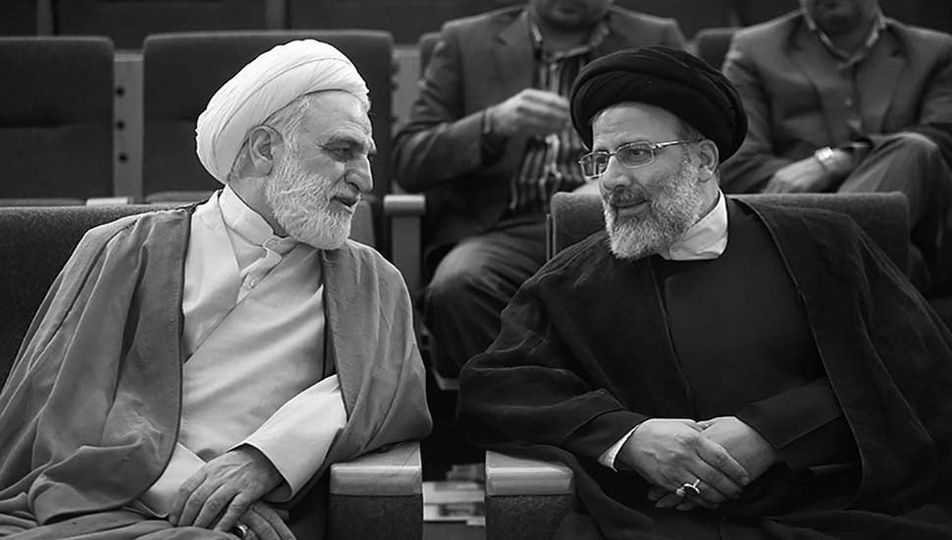
Follow Maryam Rajavi’s on her site Twitter & Facebook and follow NCRI (Twitter & Facebook)
and follow NCRI (Twitter & Facebook)
MEK Iran (on Twitter and Facebook)
and People’s Mojahedin Organization of Iran – MEK IRAN – YouTube







